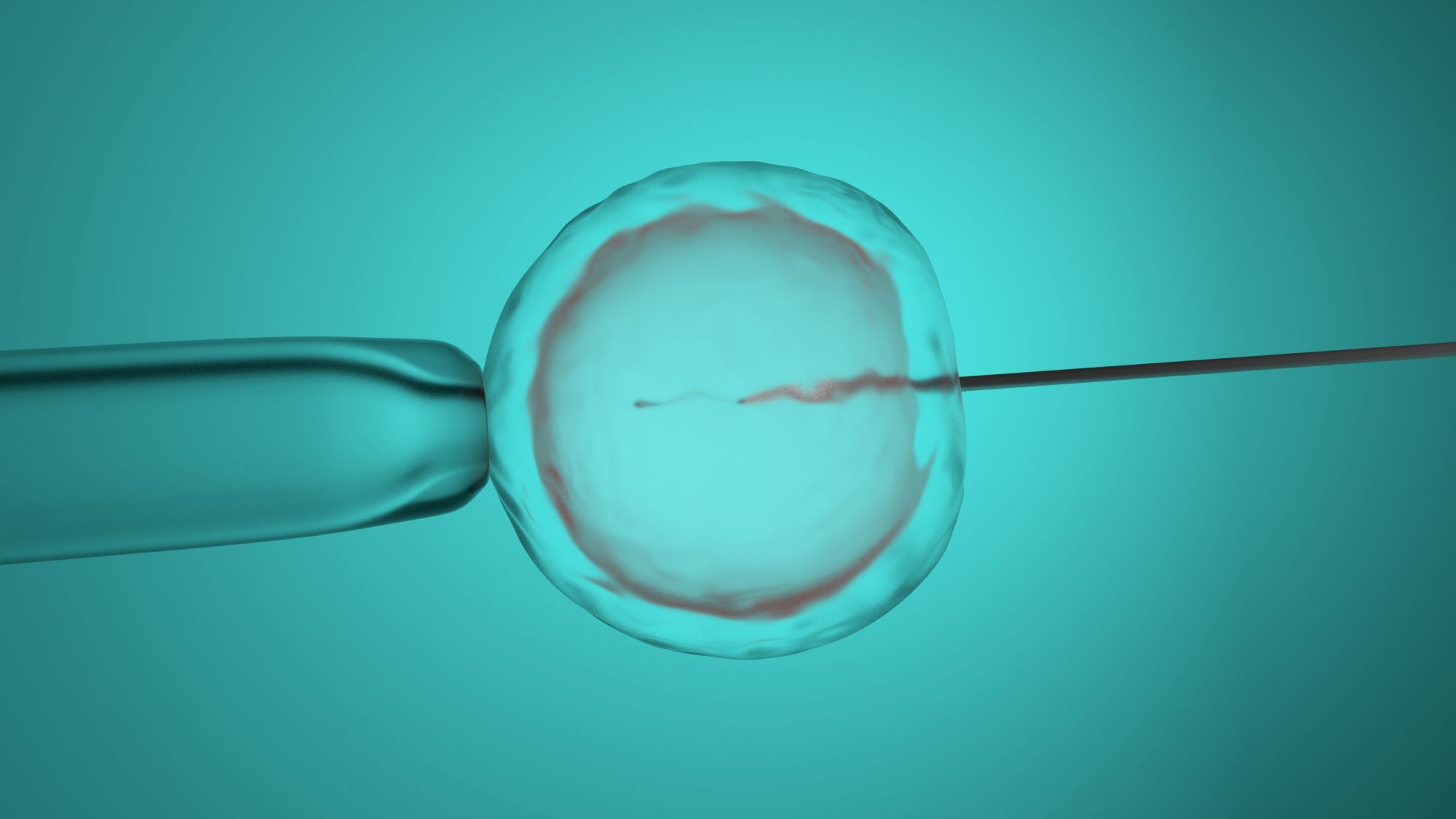With a global rise in the number of post-COVID-19 patients, medical professionals are shifting their attention to the long-term effects and sequelae of COVID-19, of which much remains unknown. Recently, investigators from the Department of Ophthalmology and Visual Sciences of The Chinese University of Hong Kong’s (CUHK) Faculty of Medicine (CU Medicine) found a higher prevalence of dry eye disease (DED) among post-COVID-19 patients, with one in five of them having at least one recent-onset symptom related to DED.
In addition, the study showed that the risk of DED is linked to SARS-CoV2 viral load. Dr. Kelvin HN WAN, the lead author of the study and Clinical Assistant Professor (Honorary), Department of Ophthalmology and Visual Sciences of CU Medicine, said: “A low Ct value indicates a high viral load. We have found that every one-point reduction in Ct value from the respiratory specimen collected at hospital admission increased the risk of having any dry-eye-related ocular surface symptoms during the first month after recovery by 10%. This finding suggests the risk of tear film instability after recovery from COVID-19 is associated with the severity of the acute infection.”
The personal and socioeconomic impacts of DED
Affecting tens of millions of individuals globally, DED is a condition that occurs when our tears are not able to provide adequate lubrication for our eyes. Normally, tears keep the surface of our eyes moist, but individuals with DED do not produce enough tears or their tears evaporate too quickly. Symptoms of DED include eye grittiness, pain or soreness, burning, watering, light sensitivity, and blurred vision.
Professor Clement CY THAM, Chairman and S.H. Ho Professor of Ophthalmology and Visual Sciences, Department of Ophthalmology and Visual Sciences, CU Medicine, said: “DED can significantly impair daily social and physical functions, such as reading, use of digital devices and driving. Productivity is also affected by the avoidance of specific environments in the workplace that aggravate dry eye symptoms.” In the long run, DED imposes significant social and economic burdens.
Professor Calvin CP PANG, S.H. Ho Research Professor of Visual Sciences, CU Medicine has been studying the ocular effects of COVID-19 on adults and children. “COVID-19 can have direct clinical effects on people’s eyes. This also affects people indirectly through disruption of normal working and living activities.”

Post-COVID-19 patients have a higher prevalence of DED than healthy individuals
The research team recruited more than 300 participants for research studying the ocular effects of COVID-19 in 2020. 228 post-COVID-19 patients and 109 healthy age-matched participants underwent comprehensive eye examinations, and anyone with any pre-existing ocular surface conditions, a previous history of refractive surgery, ophthalmic surgery or ocular trauma, or who had used contact lenses within the past three months or who were using eye medication of any kind were excluded in the research.
Meibomian gland dysfunction is a common cause of excessive tear evaporation and DED. According to the meibomian gland dysfunction staging scored on a scale from 0-3 (absent to severe), the median grading of meibomian gland dysfunction of healthy individuals was 0.92, while that in post-COVID-19 patients was 1.14, indicating a mild to moderate grade of meibomian gland dysfunction.

Corneal fluorescein staining serves as an indicator of DED severity by detecting corneal injuries. Nearly half of post-COVID-19 patients (48.9%) showed a positive corneal fluorescein staining, which was nearly 10 percentage points higher than that of healthy individuals (38.6%), representing more dryness over the surface of the cornea. Based on the results, the team found that post-COVID-19 patients had a higher prevalence of dry-eye-related ocular surface manifestation than healthy individuals.

The average tear break-up time of a healthy individual is usually around 10 seconds, meaning tears will stay intact for that long after blinking. The research found that post-COVID-19 patients’ tear break-up time was about one second shorter than healthy individuals. For patients who received any form of supplementary oxygen during hospitalisation, their tear break-up time was 1.6 seconds shorter than other patients’. The shorter the tear break-up time, the higher the risk of developing DED.
One in five post-COVID-19 patients have recent-onset symptoms related to DED
The 228 post-COVID-19 patients were asked about any recent-onset, dry-eye-related ocular surface symptoms using a questionnaire. Over 20% of them had developed at least one of these symptoms, most commonly blurred vision, itching, and pain or a burning sensation.
| Dry eye symptoms | Percentages of post-COVID-19 patients presenting related symptoms |
|---|---|
| Blurring | 9.2% |
| Itch | 6.1% |
| Pain or burning sensation | 4.8% |
| Tearing or discharge | 3.9% |
| Redness | 3.1% |
| Grittiness | 2.2% |
| Light-sensitivity | 1.8% |
| Lid swelling | 1.3% |
| At least one of the above symptoms | 21.5% |
Dr. Kelvin KL CHONG, principal investigator of the study and Associate Professor, Department of Ophthalmology and Visual Sciences, CU Medicine urged the public to get vaccinated as soon as possible. “Vaccination significantly reduces viral load and decreases the chance of developing severe COVID-19 requiring supplementary oxygen. Therefore it remains the most effective measure in preventing post-COVID-19 eye symptoms and all other longer-term sequelae.” Dr. Chong also suggested patients seek appropriate medical attention if their eye symptoms persist.









